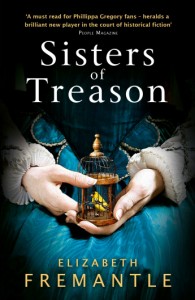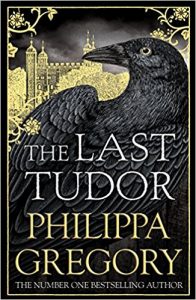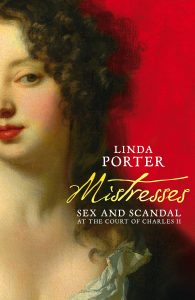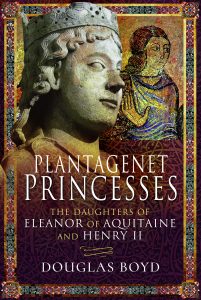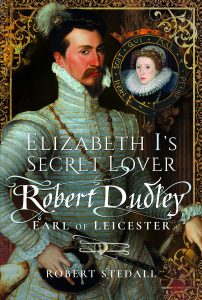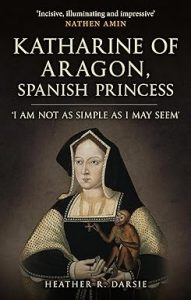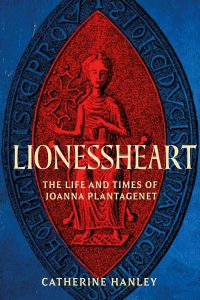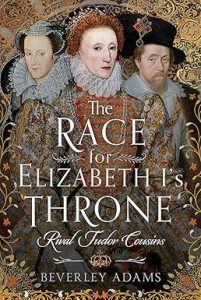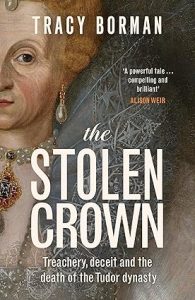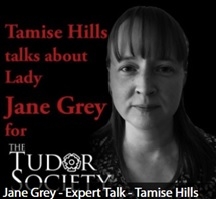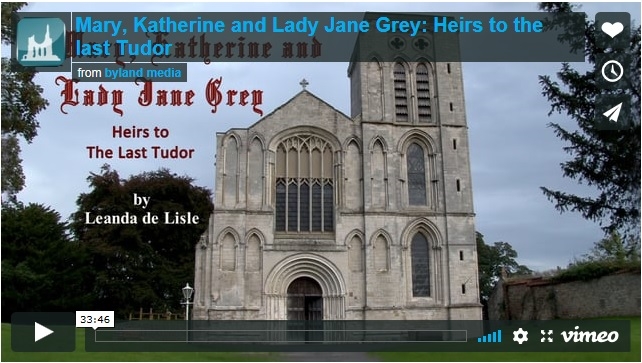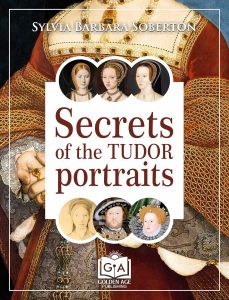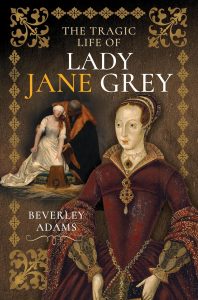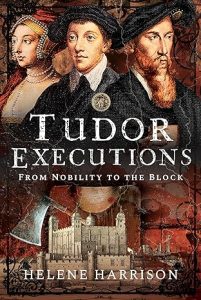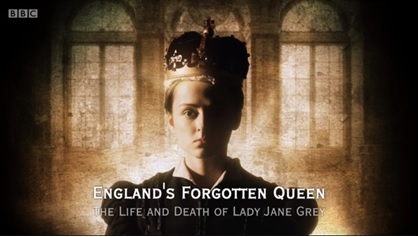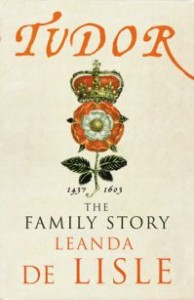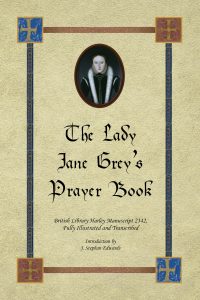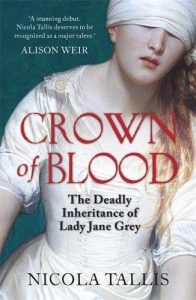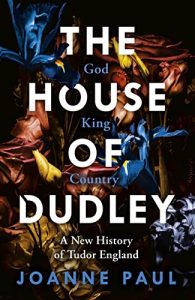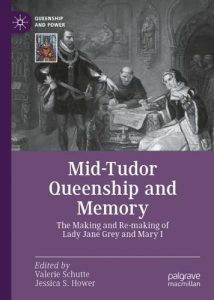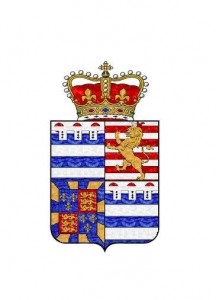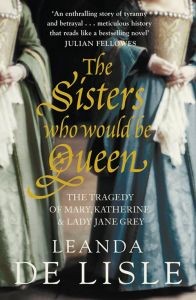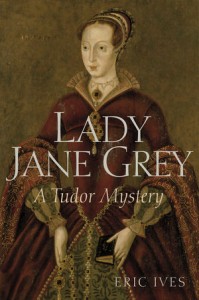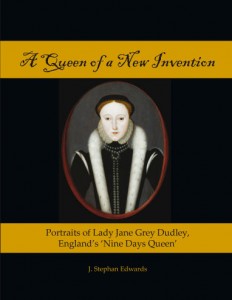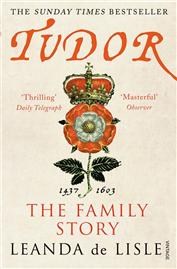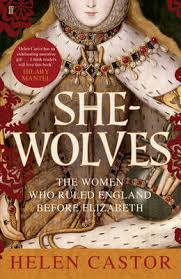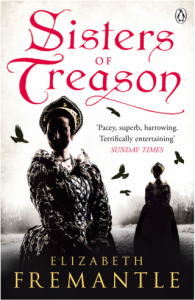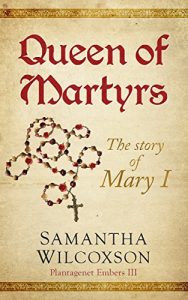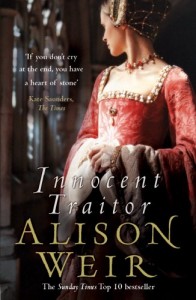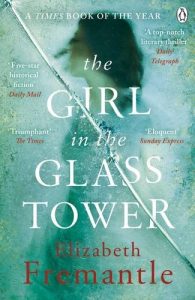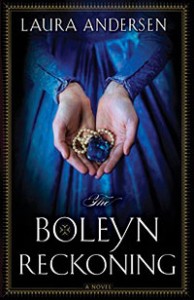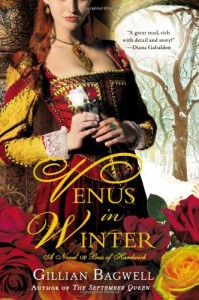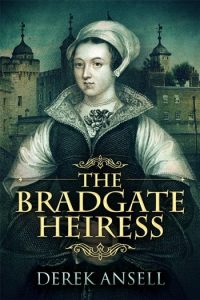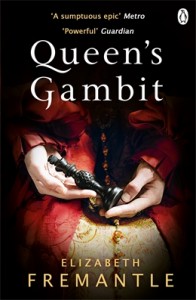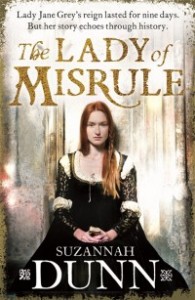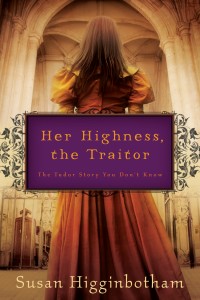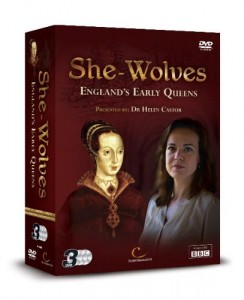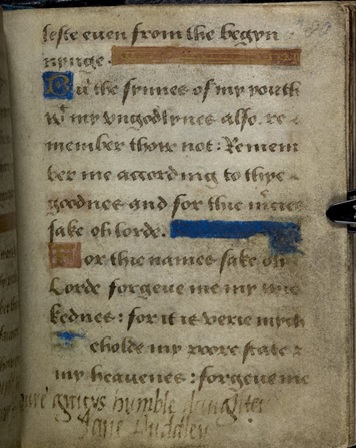Eric Ives writes that Jane, ‘like the overwhelming majority of girls of her class…came to attention only when it was announced that she was to marry.’ (1) This announcement happened 467 years ago today. Ives states that ‘the earliest evidence of Jane’s betrothal to Guildford is a warrant dated 24 April 1553 to deliver ‘wedding apparel’ to the bride and groom, their respective mothers and also the lady marquis of Northampton.’ (2)
Four days later, the Imperial Ambassador, Jehan Scheyfve, reported news of the upcoming marriage in two reports.
‘Nevertheless, his conduct is open to suspicion, especially considering that during the last few days he has found means to ally and bind his son, my Lord Guilford, to the Duke of Suffolk’s eldest daughter, whose mother is the third heiress to the crown by the testamentary dispositions of the late King, and has no heirs male.’ (3)
He also writes.
‘My Lord Guilford, son of the Duke of Northumberland, is betrothed to the eldest daughter of the Duke of Suffolk, with the consent and approval of the King and his Council. Their marriage is to be solemnized at Whitsuntide.’ (4)
In a further report dated 12 May, the Ambassador includes details of the forthcoming wedding.
‘This Whitsuntide the marriage of the Duke of Northumberland’s son to the eldest daughter of the late Duke of Suffolk is to be celebrated. They are making preparations for games and jousts. The King has sent presents of rich ornaments and jewels to the bride.’ (5)
Sources
1. Ives, E. (2009) Lady Jane Grey: A Tudor Mystery, Wiley-Blackwell, p.183
2. Ibid p.185.
3. ‘Spain: April 1553’, in Calendar of State Papers, Spain, Volume 11, 1553, ed. Royall Tyler (London, 1916), pp. 23-37 http://www.british-history.ac.uk/cal-state-papers/spain/vol11/pp23-37 [accessed 21 April 2015].
4. Ibid.
5. ‘Spain: May 1553’, in Calendar of State Papers, Spain, Volume 11, 1553, ed. Royall Tyler (London, 1916), pp. 37-48 http://www.british-history.ac.uk/cal-state-papers/spain/vol11/pp37-48 [accessed 22 April 2015].

